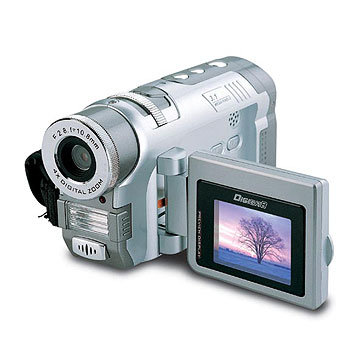This article is a response to a suggestion/request we received via Facebook. We’d love to hear other suggestions for how to get the most out of a dance workshop. These are our thoughts!
Know your learning style
 Not everyone learns in the same way, and some instructors teach to some learning styles better than other. It’s important to understand your own learning style (aural, visual, experiential…) so that you can understand who’ll you’ll learn best from–or even better, so that you know what requests to make of the teachers.
Not everyone learns in the same way, and some instructors teach to some learning styles better than other. It’s important to understand your own learning style (aural, visual, experiential…) so that you can understand who’ll you’ll learn best from–or even better, so that you know what requests to make of the teachers.
For example, some instructors may use a lot of verbal cues and you may need more visual cues, in which case you can request another demonstration of the workshop material, or you may need to choose a location that puts you in a better position to see the instructors.
Use active listening
Active listening is about more than just “paying attention” and not speaking or chit-chatting when the instructor is teaching (although that’s part of it!). It also means thinking critically about what the teacher is trying to convey and how it might apply to you specifically. Here are a few practical tricks for engaging in active listening:
- Ask your workshop partners if what you heard or understood from the teachers matches what they understood. The point of this is not to settle on the “right” interpretation, but rather to recognize different ways of understanding the information and expanding your ability to apply it.
- Try it wrong. Yes, really. Whatever the instructor asked you to do, try doing it improperly to understand why another may might work better, and why the instructor is suggesting a specific method or technique.
- Keep an open mind. If the instructors explain or teach something in a way that you don’t agree with, or that you just learned differently last week, accept it. This doesn’t mean agreeing with it–it means being open to entertaining this new way of thinking and doing for the duration of that class. Try it for the hour! If nothing else it will open up your mind and body to new ways of doing things.
Discuss it
After the workshop, or during breaks, discuss the material with others in the class, or with the instructors if they are available to do so. In the human brain, language is closely linked to learning and understanding. Revisiting and new topic periodically also also helps the brain to remember it.
Another, related learning technique is to try teaching what you just learned to someone else. The process of having to explain what you’re doing, watching someone else try to learn it, and observing their mistakes can be very helpful in assimilating the information yourself.
If you’re not comfortable with teaching it, try this instead: watch others in class as they try to do what’s being taught, and think about what you’d tell one or more of them IF you were the teacher and wanted to help them get it right.
 Record it
Record it
Particularly if you’re a visual learner, make (or purchase) a recording of the instructors recapping the material covered in the workshop. Watch it numerous times over the next week. In the human brain, sight is a powerful element of learning and memory.
Practice it
Practice new material shortly after learning it, before going to bed that day, and again the next day.
You can also refer to Maria’s article about what makes good practice >>
Ask a coach
Many of our private-lesson students bring new moves and new material to us for additional guidance and tweaking that you can’t always get in a group class. Does a good coach need to know the move to help you? No, but showing him or her a video of it certainly helps to get on the same page that the original instructors were on!

Please help us share this message by posting a link to this article on your social media stream(s).
